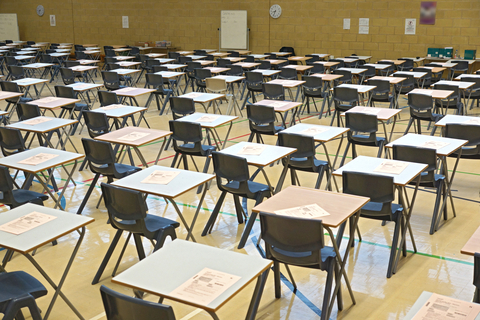
Photo 38346337 | Exam © Ajb110 | Dreamstime.com
For Key stage 3, entrance exams, GCSE/iGCSE and A level exams exam technique is very important and can have a large inflence on a candidates final grade. The effect of exam technique has a larger effect at the A level stage than GCSE. However, even at GCSE working on exam technique can significantly increase a grade.
I have over 20 years experience as a teacher and extensive marking experience I can provide you with key information on how to improve your exam technique to maximise your marks.
There is some advice that I can give:
- Be syllabus specific, this means using your syllabus specific text book. There are a lot of key phrases within this book that you will need to use. Try to avoid using generic resources which cover multiple exam boards.
- There are often two types of syllabus specific books: a main textbook and a revision guide. The revision guides are an excellent summary and the first choice for candidates at lower grades that are looking to increase their grade up to a 7 or 8. However, they do not contain as much information compared to the main text book. So, if you are aiming for 8 or 9 grade then I would suggest that you supplement the revision guide with the main text book. The main textbook can be harder to read as it is often not as well summarised.
- Syllabus specific, there are some parts of a course that can be revised using resources from other exam boards. However, advice on this is best sought from a professional who has experience of teaching multiple exam boards. Although parts of the courses do overlap, often the style of the questions, or sometimes the course content can vary slightly between different exam boards. This is why syllabus specific is very important.
- Labelling, if you need to label a diagram during an exam. Make sure that your label lines are making clear contact with the item that you are labelling. Also, make sure you clearly label diagrams. Often, students will draw an array for metallic structure of positive metal ions and delocalised electrons, but the ions and electrons will not be labelled.
- Graph questions are often worth a lot of marks, but often candidates lose marks on these. In order to maximise your marks label both axes with units, plot the points clearly to + or – half a small square. If the data follows a curved line then use a smooth curve of best fit. If the data follows a straightish line then draw a straight line of best fit with a ruler. If you need to extract data from the graph, draw horizontal and vertical lines on the graph from the axes to the graph line. This is so the examiner can clearly distinguish between plotted points and data points that you wish to highlight.
- Ray diagrams for light, these must be drawn with a ruler to gain full marks. For electrical ciruits, these should be drawn with a ruler as well.
- Marking points, often examiners will look for marking points within your answer. Be sure to study mark schemes to look at the marking points and then use these marking points within your answers.
- Reading questions, often candidates will not read questions carefully. If the question asks for a name of a compound, you must state a name e.g. carbon dioxide. Please do not write the formula.
- Writing formulae, formulae must be written correctly, this includes the use of subscripts for numbers. For carbon dioxide as an example the 2 after the O needs to be written at the bottom, not the top. In addition the correct use of upper and lower case letters needs to be used. Co actually means cobalt, whilst CO means carbon monoxide.
- Spellings, in most spaces spellings for Science are not critical. However, in a few cases spelling is critical. An example would be where there are two words with similar spelling, but very different meaning. E.g. Glycogen and Glucagon.
- Describe and Explain, these two terms have very different meanings within exam papers. Describe means state the data trends that you can see. E.g. as X increases then Y increases. Explain is asking why Y will increase when X increases.